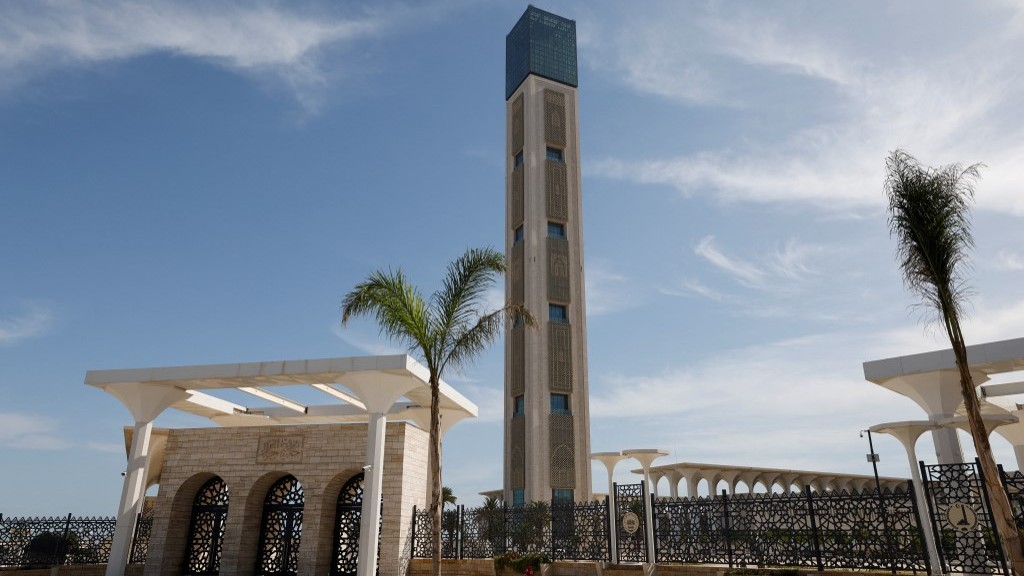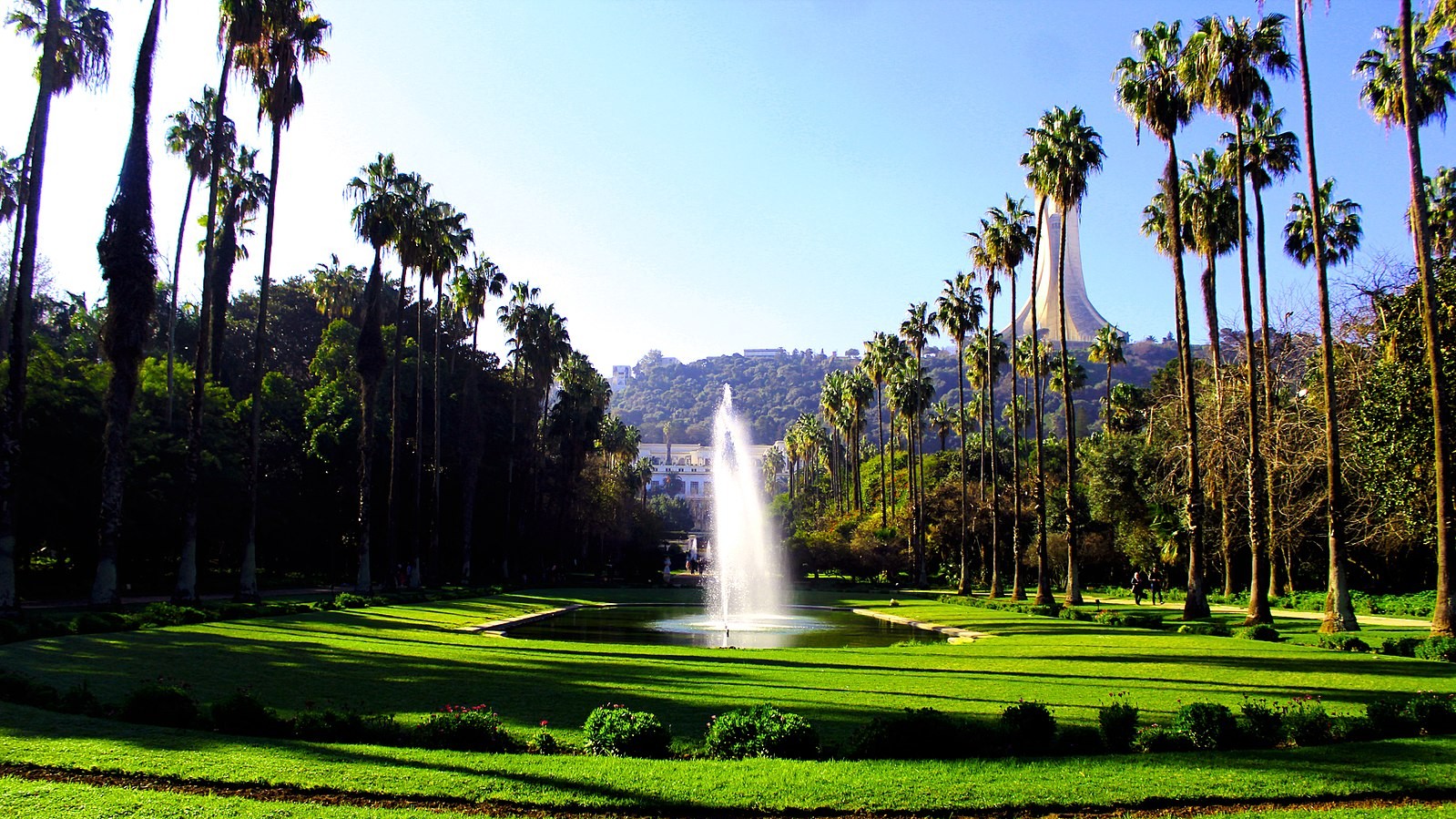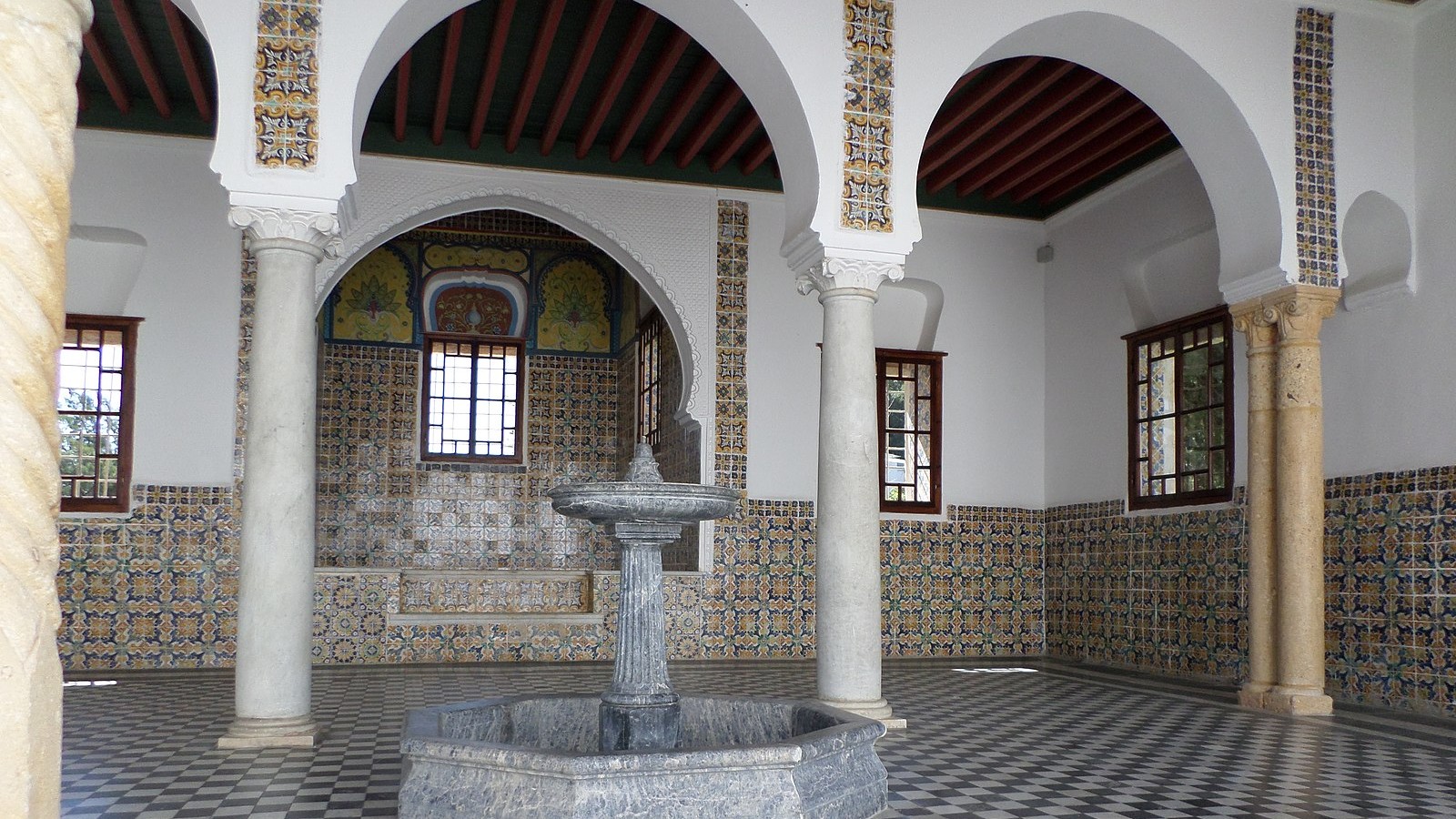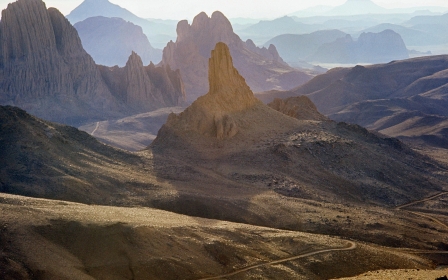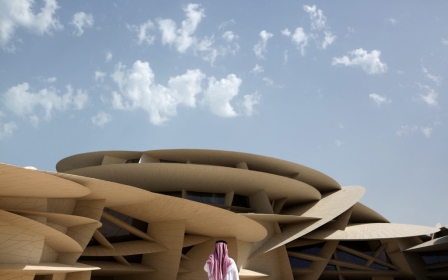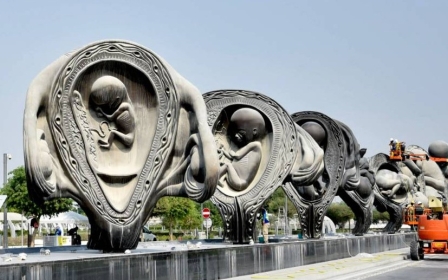Algeria: Five must-visit destinations in the capital for first time visitors
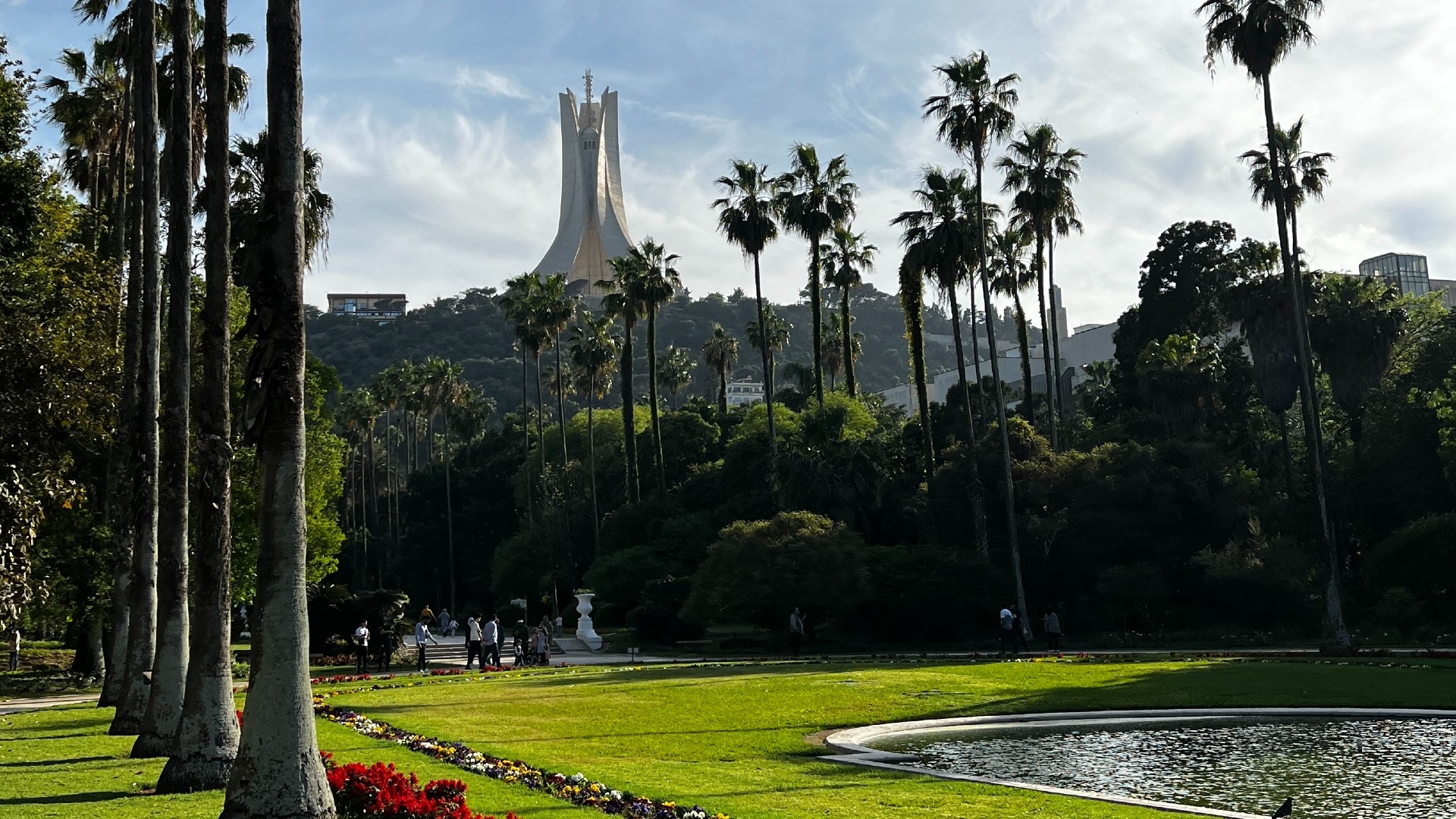
Tourist visas for Algeria are notoriously hard to obtain, with many questioning if the north African country is really ready to expand its tourism sector.
Even now, most of those visiting the country are members of the diaspora, coming home to visit family, rather than regular tourists.
Some of the requirements to enter the country on a tourist visa include an invitation letter, a breakdown of travel dates and bookings, proof of employment, as well as a 30-day visa, which costs around $100.
Despite this, the country’s close proximity to Europe and its stunning landscapes have in recent years encouraged officials in the country to attempt to gradually open up more to tourists, and develop the sector further.
While the lack of accommodation, ATMs, public transport, and the fact that signs are mainly in Arabic and French can pose some challenges, Algeria is a great destination for adventurous travellers. And if you are willing to jump through some bureaucratic hoops to get into the country, the experience is well worth it.
New MEE newsletter: Jerusalem Dispatch
Sign up to get the latest insights and analysis on Israel-Palestine, alongside Turkey Unpacked and other MEE newsletters
Algeria offers ancient history, 1,600 kilometres of coastline, mountains, and stunning national parks.
While the country may be somewhat challenging to navigate, this also means visitors can experience travelling around a region that remains largely uncommercialised and retains much of its authentic character.
Here, we take a look at five must-visit locations in the capital.
1. Kasbah
Notoriously hard to navigate for tourists, the Kasbah - from the Arabic for citadel - is a walled area that was built on a hill over 1,000 years ago on top of the ruins of the Phonenician trading post, Icosium.
During the 10th century, an Amazigh tribe built the city and it has since survived numerous large-scale attacks and bombardments.
The ancient city today features elements of Ottoman design - as much of what is still standing was built during the Ottoman empire - and remains a dense maze of cobbled streets, shops, eateries, and homes.
The area also has a rich history. It was once a fortress, and played a key role during the Algerian War of Independence from (1954-1962), by housing revolutionaries.
Due to the maze of alleyways and similar-looking roads, it is advised that tourists travel around the Kasbah with a guide.
You can easily spend hours roaming around, with plenty of craft shops and restaurants to explore along the way.
One particular delicacy that locals enjoy is "kebda", which is chicken liver. Often, large queues form outside kebda shops. Other popular foods found on sale in the Kasbah include spicy sardines, which are served with crisp fried potato wedges, aubergine salad, and toasted bread.
There are also a number of mosques, some of which date back to the 17th century and feature unique architecture.
Despite being classified as a Unesco heritage site in 1992, the area is under threat due to a lack of maintenance and the pressure of overpopulation.
But it remains the quintessential representation of Algerian culture and is a great starting point for anyone wanting to learn more about the history and heritage of the country.
2. Djamaa el Djazair
Known for having the tallest minaret in the world, the Great Mosque of Algiers is renowned for its architecture as well as being able to host over 100,000 worshippers.
Construction of the mosque started in 2012 and it was designed by German architects.
Not only does the mosque overlook the Mediterranean Sea, which can be seen from the observation deck, but it also has a museum of Islamic art, a research centre that provides information on the country’s history, and a library.
The mosque's prayer hall also holds what is claimed to be the world’s largest chandelier. Weighing 9.7 tonnes and measuring 13.7 metres in diameter, the chandelier features 357,000 Swarovski crystals, which bathe the hall in dancing rays of light. Its 24-carat gold-plated frame is engraved with Islamic invocations.
It is well worth spending some time in the mosque’s interior, which is decorated with seven kilometres of calligraphic inscriptions inspired by the Islamic visual traditions of the Maghreb.
Decorations include rosettes, stylised flowers, and traditional motifs known as kaim naim, along with alternating vertical and horizontal rectangles full of moucharaby patterns.
The mosque also hosts lessons for locals on the Quran and Islamic subjects.
However, some of the most striking features of the mosque are the arched doorways and the Arabic calligraphy around the prayer halls.
While the mosque is well worth a visit for its splendour, it is not without controversy. Critics say that the mosque’s founder, former President of Algeria Abdelaziz Bouteflika, had it built as an expensive vanity project using taxpayers’ money.
But despite this criticism, it remains an engineering marvel.
3. Notre Dam d’Afrique
This Catholic basilica sits on a hilltop on the eastern side of the city, and most visitors drive to the site - but you can also choose to arrive by cable car.
The church features neo-Byzantine architecture and recent renovations have added to the beauty of its colourful stained glass windows.
It took 14 years to build and was inaugurated in 1872. Despite being partially destroyed in 1943 and again in the 2003 Boumerdes earthquake, it has survived and been renovated.
Today, the basilica is seen as a symbol of religious tolerance and the connection between different faiths in the country.
One of the most striking parts of the church is a large mosaic bearing the quote, in French: “Our lady of Africa, pray for us and for Muslims."
4. Le Jardin D’essai du Hamma
This 72-acre botanical garden is located in the Mohamed Belouizdad neighbourhood of Algiers. With a status among locals similar to that felt by Londoners about Hyde Park or the way New Yorkers see Central Park, the gardens boast lush green open spaces, palm trees, and flowers that make the perfect backdrop for photos.
Le Jardin D’essai du Hamma was established during the French colonial period. With plenty of water and a cool climate, it was the perfect location for a public garden.
The garden was initially intended as a "test" to see if the country's climate would be able to sustain numerous imported plant species, particularly those which were useful for economic, medicinal, and commercial purposes.
Today, over 1,000 different types of plants can be seen in the garden, which was first opened in 1867. The location was also featured in the iconic Tarzan movie in 1932.
Entry to the garden is affordable, making it a great place to visit for families and large groups. It offers a place of calm amidst the bustling city, and makes for a great day out, with many people spending hours happily in its green spaces.
5. Bardo National Museum
Opened in 1927, this museum was originally built as a palace for an affluent Tunisian prince, prior to the French conquest.
The palace was his summer residence and when built was in the countryside, but due to the expansion of the city, it now sits in the heart of the modern capital.
On display at the museum are kitchen utensils and other household items that were once used in the palace. There is also a hamam (bath), as well as an exhibition showing work by North African artists.
Some of the rock carvings and pottery at the museum are from the Tassili-n-Ajjer region, which gives visitors further insight into the country's rich historical and cultural heritage.
The museum features Andulcian and Ottoman architecture, and of particular note are its decorated archways. There are also colourful mosaics and a courtyard with a marble fountain.
Today, the museum celebrates Algeria’s fascinating early history and has a number of artefacts and visuals that give further information about how the country has evolved over time.
Middle East Eye delivers independent and unrivalled coverage and analysis of the Middle East, North Africa and beyond. To learn more about republishing this content and the associated fees, please fill out this form. More about MEE can be found here.



